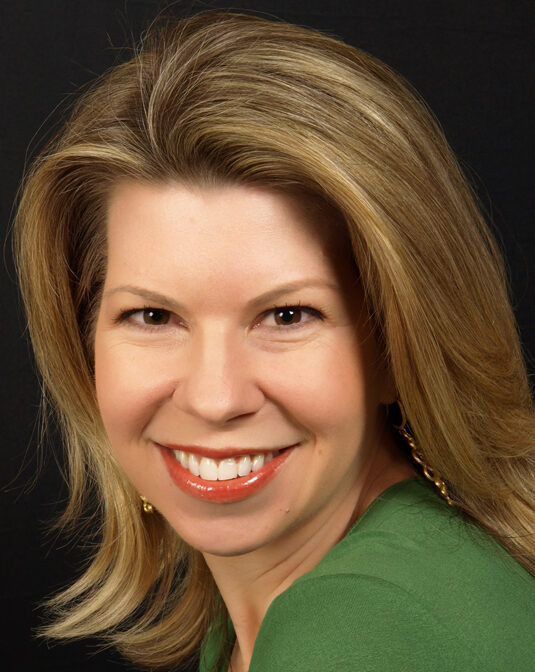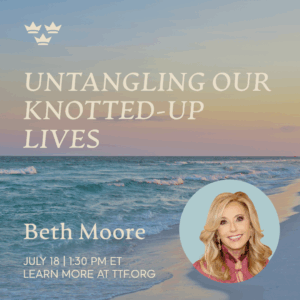All the Lonely People: Isolation, Connection, and the Common Good, with Ryan Streeter and Francie Broghammer
April 9, 2021
Overview
Speakers
-
 RYAN STREETER
RYAN STREETER -
 FRANCIE BROGHAMMER
FRANCIE BROGHAMMER -
 CHERIE HARDER
CHERIE HARDER
SHARE

